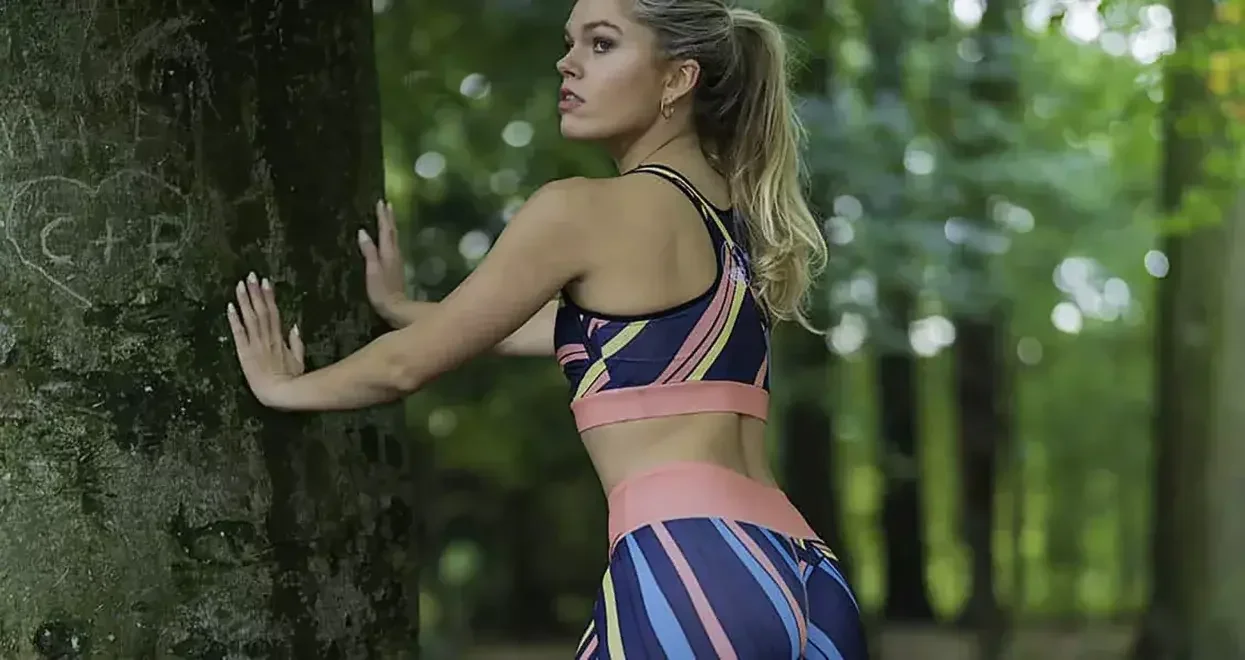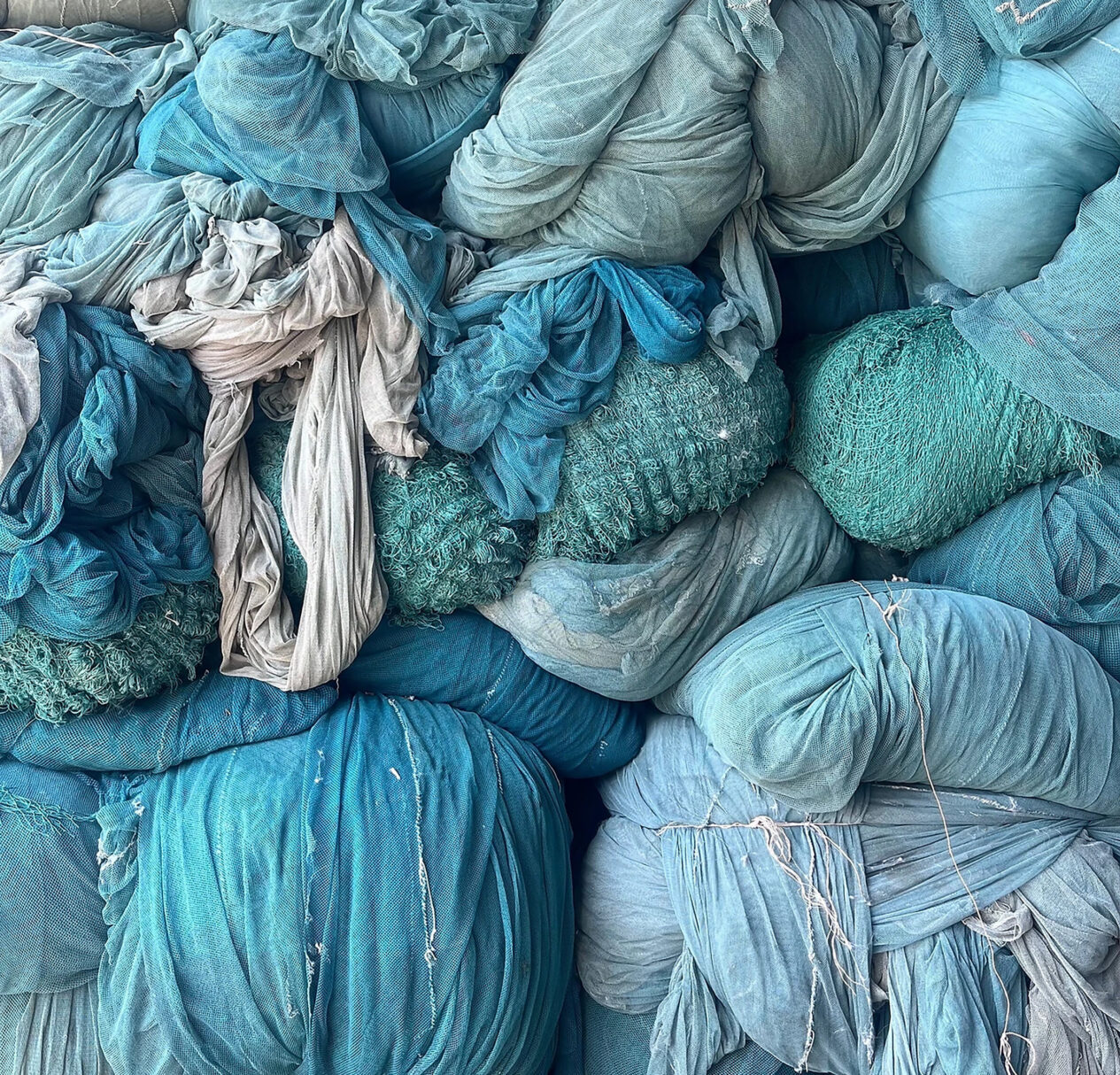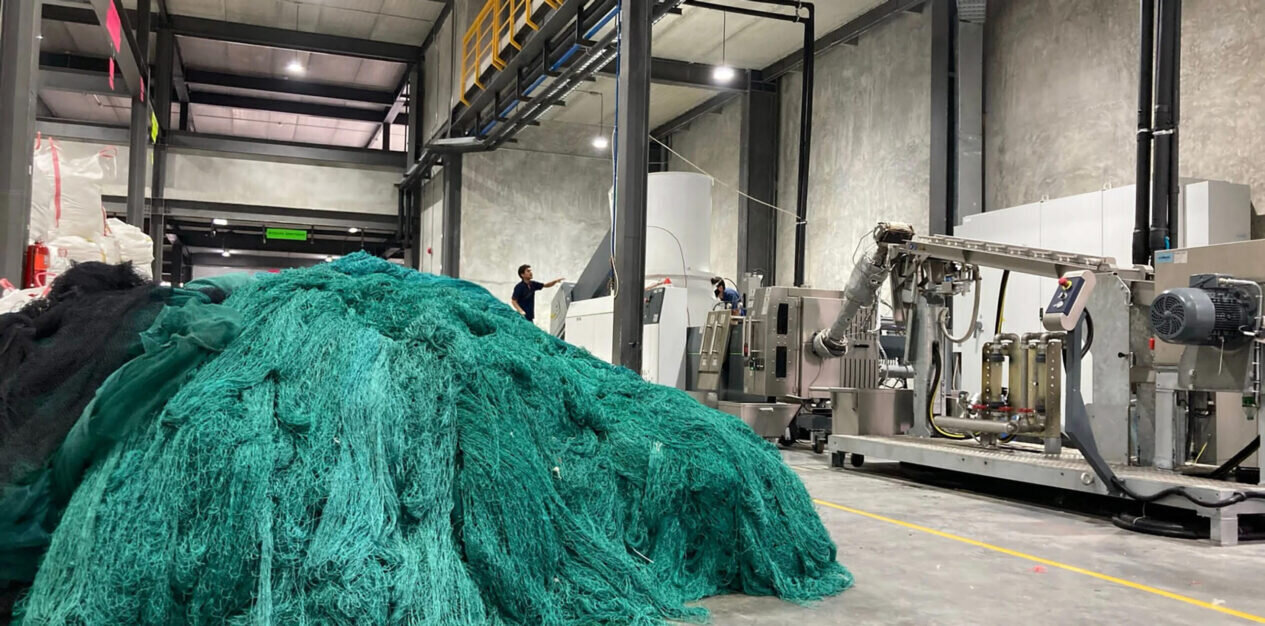
Debbie McKeegan speaks to Kevin Van Lancker from Sportswear of Tomorrow about how the sports industry has changed in the last 20 years, the use of Artificial Intelligence, on-demand manufacturing in sportswears and new materials driving sports circularity.
Sportswear of Tomorrow is a contract manufacturer to sportswear brands worldwide. Based in Romania, Europe the company was founded back in 2002. At that time, it was just a regular sports apparel brand that was sourcing apparel from manufacturers. As the business grew, not being able to find suitable suppliers their sportswear became a challenge, the business needed stability and reliable manufacturing, as so switched sides to become a supplier for other sportswear brands with a focus on cycling apparel.
Kevin Van Lancker explained “We initially focussed on premium cycling apparel, once you can make that, you can make everything else. In cycling, everything needs to be super tight and aerodynamic, and the product can sometimes consist of 5 or 6 different fabrics. Today we make apparel for cycling, golf, e-sports, equestrian and athleisure.”
How has the sports sector changed since the business was founded in 2002
“It’s been a while since I made my first steps on the sportswear market. As I said earlier, it was just a sportswear brand in the beginning. The biggest changes came in the recent months with the launch of ChatGBT and AI. Our customers now use AI to design apparel (or at least getting the ideas from there) but importantly, we also use AI for production planning – we will work the customers data we get so we can analyse it – and make better products.”
Manufacturing using Circular Design and Materials
One of the hot topics right now in sportswear is circularity and the requirement to adapt production to combat overproduction. “Overproduction is a big problem and I think it’s clear that we all need to think about what we produce instead of following the traditional sourcing pathways.” Kevin explained.
How many of your customers are using AI – the majority or is it still a minority?
“I think it’s a minority today. I think a lot of the factory owners are held back by their lack of understanding and a curiosity for new technologies. I’m quite tech savvy and I’m always checking which apps could help us, and on the alert for new software that can help us in production. We educate our customers and share our knowledge…”
“AI’s big advantage is in reducing waste during the production process. At Sportswear of Tomorrow AI is measuring where we can consume less of certain materials, for example, or be more efficient with staff. AI can be used in so many ways, and I think it’s too new to understand its potential and beneficial impact on our industry. We need some more time to figure out what exactly can be used and what cannot be used for our production workflow.”
On-Demand Manufacturing in Sportswear
“As one of the first producers that jumped into on demand manufacturing for sportswear, we also jumped in the unknown. We had to suddenly deal with small volumes of certain types of products. So that was a little bit harder, we had to encourage our clients to order accurately for their projects, and not buy in bulk. So, at the moment we are trying to streamline the transition between bulk manufacturing to on-demand manufacturing because we have to make sure that we still have enough or sufficient production requests on a daily basis to pay the bills and to invest in new technology.”
Businesses are built to scale, to grow and to reap the benefits of their endeavours. In that journey, they must also invest in new technologies and strive to remain both competitive and in-tune with customer behaviours and market shifts. Kevin and the team at Sportswear of tomorrow are doing just that, but with the current speed of change, making the right investments at the right time and looking into the future is critical to their ongoing success. They are also looking beyond technology and see the materials they supply and print onto as a priority.
“We are already thinking ahead – what’s after using sustainable materials? But the industry moves slowly, many brands are new to using sustainable materials, so we have to help them to make the right choices. In our opinion, using recycled materials, should be the choice for all brands today. But it’s unbelievable that still big brands are only making their first steps in that. While we are already thinking about circularity and on demand. I think it will take years for those brands to adapt to utilise our productions on-demand agility”.
What does that term on-demand mean for sportswear in particular?
“This year, we will increase the number of customers to whom we will give access to the on-demand solution. We allow them to order only the quantity that they need and then refill their new stock or only supply the stock once they have sold their inventory. That way – they don’t order a thousand pieces or tens of thousands of pieces and then sit on half of the stock.
Ghost fishing gear is the deadliest form of marine plastic as it unselectively catches wildlife, entangling marine mammals, seabirds, sea turtles, and sharks. It also damages critical marine habitats such as coral reefs. Additionally, it’s responsible for the loss of commercially valuable fish stocks, undermining both the overall sustainability of fisheries as well as the people who depend on fish for food and livelihoods.
Image Credit: World Wildlife Fund.

We are currently ensuring a smooth and rapid product delivery to customers, the end consumer, doesn’t see the difference – whether a product was shipped from their stock, or it was produced on demand. Currently we are working on the latest technology, which allows customers to track and trace their orders throughout production, but also by scanning a QR code in the final garment, they will see much more detail about that garment. Like for example, how it was produced and by who it was produced” Kevin explained.
“We offer on-demand with a very personal touch. I am dreaming maybe, but in the next step, we hope to allow customers to fully customize their apparel. It means that if you love a certain fit, but you still want to make sleeves a bit longer, we can do it. Call it “Bespoke Sportswear” apparel.
I believe the future of sportswear on demand is fully bespoke, quickly delivered, sustainably produced and circular. But I think we need around three to four years from now to have this combination work really well.”
New Materials driving Sports Circularity
Circularity begins with a considered material choice, at Sportswear of Tomorrow the team are forging new partnerships and strategic alliances to ensure that the textiles they supply offer real environmental benefits.
Fishing industry waste accounts for roughly 10% of ocean debris: between 500,000 to 1 million tons of fishing gear are discarded or lost in the ocean every year. Discarded nets, lines, and ropes now make up about 46% of the Great Pacific Garbage Patch.
Image Credit: World Wildlife Fund.

Kevin explained “Fabrics need to be sustainably produced, we are developing fabrics made from recycled fishing nets or other materials. Looking to the future – customers would and should be able to return old garments to us so we can decolour them and make new garments from them again. So, we are having initial conversations now with companies that specialize in the recycling segment of the whole industry, and they are currently testing.
“I’m super excited about what’s coming. I’ve been in this industry now 20 years. I learned so many things and I see that the industry is going in the right direction. But I think we have to connect the dots better and to engage all parties..”
Listen to the full interview on the corresponding podcast here.
Discover the latest innovations in sportswear at Sportswear Pro 2024, taking place from 19th – 22nd March 2024. Sportswear Pro will showcase the very latest technologies and solutions for on-demand and customised sportswear production. From sample design and automated digital workflows, to innovative materials and integrated wearable technologies, the exhibition and visionary trend forum will present sustainable, faster and leaner production solutions to sports and activewear brands and manufacturers. Register here and use promo code SWPJ401 and save 30 euros.